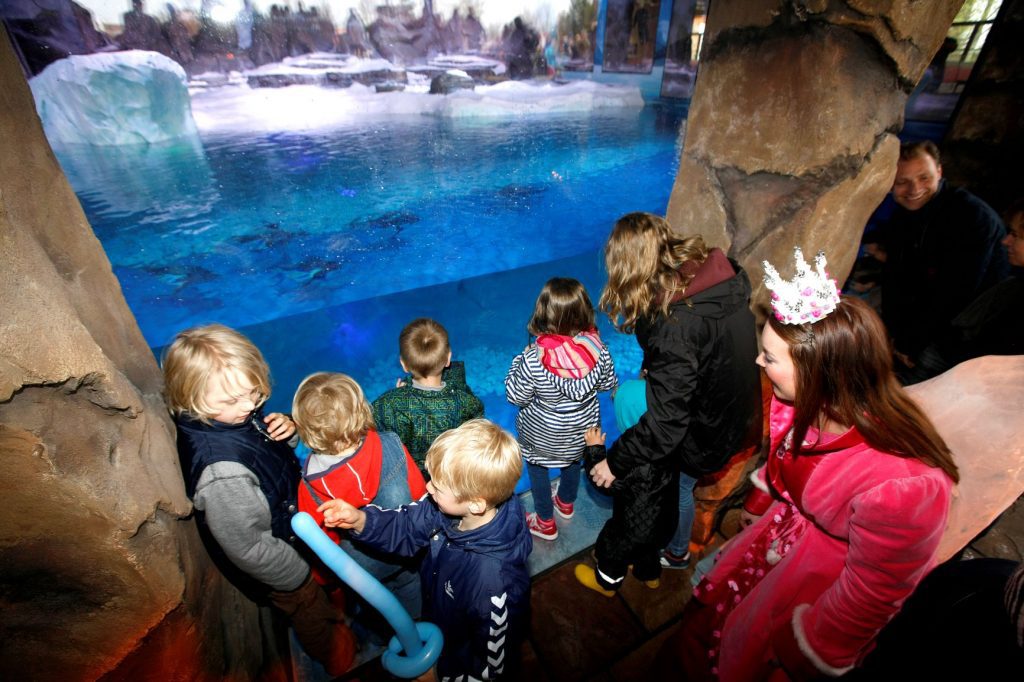Chris Smoje of DIME™ Customer Service looks at the importance of creating special memories for guests
MEMORIES come in both positive and negative – and it’s easy to create both. Whichever memory is created, the key point here is that the guest will remember it!
While we don’t like to remember the negatives, there are things in life that trigger these memories to resurface as a reminder of the not so good times. This article is about creating and leaving positive memories with guests, but before we even do that, it is important to eliminate any negative ones that might be lurking.
Research from the London School of Economics identifies that while more positive word of mouth is good, there is a far greater return on businesses who reduce the amount of negative word of mouth. The less negative and the more positive memories create customer advocates who recommend your attraction to their friends and family.
I’m limited in the amount of space I have here, so I can’t go into the psychology of memories. But in brief, it is important that we understand the key principle of what it is that team members can do in order to create a positive memory.
Simply, we take away a memory when something occurs that is unexpected. Instead of thinking about ‘surprising’ customers (which is unexpected) we must think more broadly than specifically. The roles in which our team members work are full of procedures, most of which are rational, based on reason and logic. When we work in this way, guests receive exactly what they expect – service delivered logically. But what if we turned that around and eliminated reason and logic; we would allow ourselves to do something which in turn would leave a positive memory with guests.
Now it’s not about breaking procedure or rules, rather learning more about guests and doing things that come as a surprise but are actually intuitive from within. Here are a few tips to harness that intuition and help learn more about your guests, so you can do the things that leave them with that positive memory.
- Understand the guest’s emotional journey
In the world of customer experience there’s a lot of talk about the customer journey. It is important to firstly understand and distinguish the two different journeys that are being referred to. There is firstly the physical/virtual journey of the brand touchpoints the customer interacts with and secondly there’s the emotional journey the customer experiences before, during and after a visit to your attraction. For this article, I will be referring to the emotional journey.
There is a lot of research done on the customer’s emotional journey, but there is one that I’m particularly fond of. It is by American chef, Patrick O’Connell from The Inn at Little Washington. Chef O’Connell came up with the five stages of dining that guests experienced when visiting his restaurant. I think we can take these five stages and use them to gain a better understanding of our guests’ emotional journey at our attraction. Here are the stages:
- Anticipation – guests will anticipate a visit to your attraction sometimes months in advance. As it is a recreational visit there’s a high chance that their visit is used as bait for their children to behave for weeks on end.
- Trepidation – all guests will go through a period of trepidation, usually just before they visit your attraction. No matter how long they have planned to visit, their emotions will quickly change and worry about travel, possible queues, whether to pack or buy food, sunscreen, safety and supervision will occur. It is very important to understand this emotional state when you greet a guest on arrival at your attraction.
- Inspection – your guests won’t make up their mind straight away. Your attraction is on notice for a good part of their visit. They will be scoping the environment, comparing it with their expectations. Anything can make or break their day at this point.
- Fulfilment – by the end of the day, your guests will be tired (sometimes a good way to tell if they are fulfilled or not). While memories are lasting, deciding whether they are fulfilled or not is based on whether their overall experience was positive or negative.
- Evaluation – yes, there’s one more that comes after fulfilment. Guests don’t always stay fulfilled; there are many things that happen post visit that can play a role in how they evaluate their time at your park. This includes things like parking fines, late onset sunburn, food poisoning, injuries, lost items and even checking the credit card statement in a month to find out they were overcharged.
Keep all of these five emotional stages in mind as they will help you think of something to do that will leave a positive memory at the right time.
- Recognise each guest as a unique individual
There’s an old saying that VIP doesn’t stand for ‘very important person,’ it stands for very individual person. This has never been as true as it is today. Of course our guests are important, but modern day service takes it further from just being important, to really being treated as an individual. It’s time to shift away from prioritising and move towards personalising. In order to do this there are a couple of exercises you can do with your team to help them understand more about their guests. These include:
- Knowing the different types of customer (age, gender, socio-economic status).
- Knowing their needs (the reason why they have chosen to come to your attraction).
- Knowing their wants (the unstated outcome they expect from coming to your attraction – i.e. they come for a day out, but they really want a hassle free experience with their children).
- Knowing their typical emotions – and it’s okay to stereotype here (a school teacher looking after a group of 20 children is going to have very different emotions to a parent looking after a five-year-old).
For those who are reading this, many of your parents would have taught you as a child the ‘golden rule’ – in brief, treat others the way you would like to be treated. In order to recognise each guest as an individual, you really need to take this further and follow the words of Dr Tony Alessandra from 1996 – to treat others the way they would like to be treated.
Chris Smoje is a customer service speaker, trainer and facilitator and founder of the DIME™ Customer Service approach. Chris works with organisations and their people to develop a common interest and excitement about delivering exceptional customer service results.



















